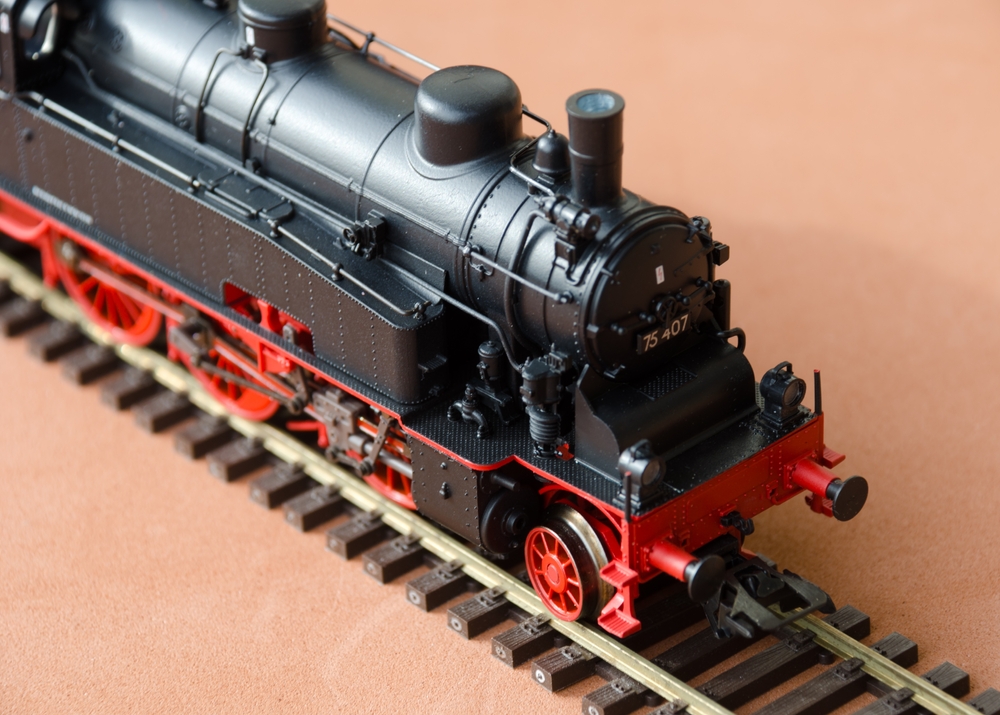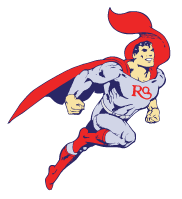Many people who build model trains as a hobby love to show off their sets with professional photography. There are many ways to improve the composition of your shot to create a breathtaking effect when photographing your model trains. If you have already put so much time and effort into crafting the perfect model train set and environment, it helps to understand the right ways to photograph it so that you can share it with your friends and family.
What Type of Camera Should I Use to Photograph My Model Train
While a quick photo with a smartphone might work in a pinch, if you really want your model train photos to look stunning, you should look into either a film camera or a digital camera. While film cameras can capture the old aesthetic of an older era of photography, film is not cheap and neither is developing photos either on your own or through a third party. A digital camera is probably the way to go because you virtually have endless attempts, and there is more customizability when setting up your aperture, focal length, depth of field, and other key components of composition. Some people use Polaroid photos, but this is more for that vintage aesthetic, similar to using 80s-era camcorders. While the aesthetic might bring nostalgia, it might not do your model trainset justice.
Stabilize Your Camera With a Tripod
Handheld shots are hard to replicate and can be at a bit of an angle. Unless you were intentionally going for a Dutch angle, the best option is to use a tripod with levels to make sure your camera is perfectly situated. This allows you to take multiple shots from the same distance and angle as the train moves throughout your model set.
What is the Depth of Field
Depth of field is one of the most important elements of taking photos of model trains or other close-ups. Depth of field refers to the distance that objects stay in focus. A large depth of field uses the highest “f” settings on a camera, which narrows the aperture. There is an inverse relationship to how you use the zoom of your camera vs the size of the aperture. This can lead to a flattening effect. In fact, in film, there is an effect known as the vertigo effect (from the film Vertigo) where a camera is moved forward or backward through space while the zoom is changed in tandem. This leads to an effect where the subject appears to stay the same distance from the camera, but the background behind them seems to move further away. When shooting photos of a model train set, you want a clear depth of field where the distance between objects is obvious and maybe even slightly exaggerated to make the scene look more real.
Learn More About Model Trains
For more information about model trains, contact our team. We would be happy to discuss train sets as well as model train photography.


